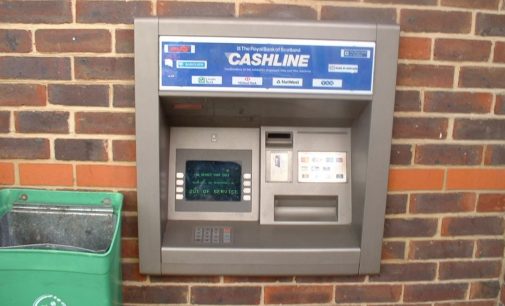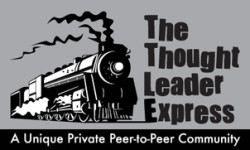When is a “problem” not really a problem? And what can be better than success, even if no one knows about it.
Basic Members


Just because you don’t have a fiduciary duty to other employees doesn’t mean you shouldn’t continue to think like a fiduciary.

You can squeeze a tube of toothpaste all you want, but that doesn’t change how much toothpaste it holds. Are we experiencing the same thing with 401k fees, or are they really dropping as much as we think? And, if they are dropping, are they dropping for the right reasons?

What’s the Goal? Last I heard it was preparation for retirement via tax preferred savings … but, looking around at what is typical industry practice, perhaps I have it all wrong.

Once a person enters retirement, the number of scenarios proliferate. Unless the plan sponsor is a financial professional, it’s going to be a challenge to quickly comprehend all these options.

This isn’t to say younger employees should be left out of this type of education altogether. They shouldn’t. It’s important the message is drip, drip, dripped from the beginning of the onboarding sequence.

While some may consider this heresy, the best option for a fiduciary managing a portfolio is to include a consistent percentage of assets outside the equity markets and in assets that preserve capital.

Familiarity may breed contempt, but it also makes you sloppy. Do you know plan sponsors that have forgotten they need to address these matters?

Although the Rule appears to be directed primarily at service providers, plan sponsors still have a fiduciary duty to monitor plan compliance, and that includes complying with the demands of this new rule.

Before you scorn the use of badges, remember, the company match is the ultimate badge. If you meet a minimum savings goal, the company awards you a “badge” of a matching contribution.








